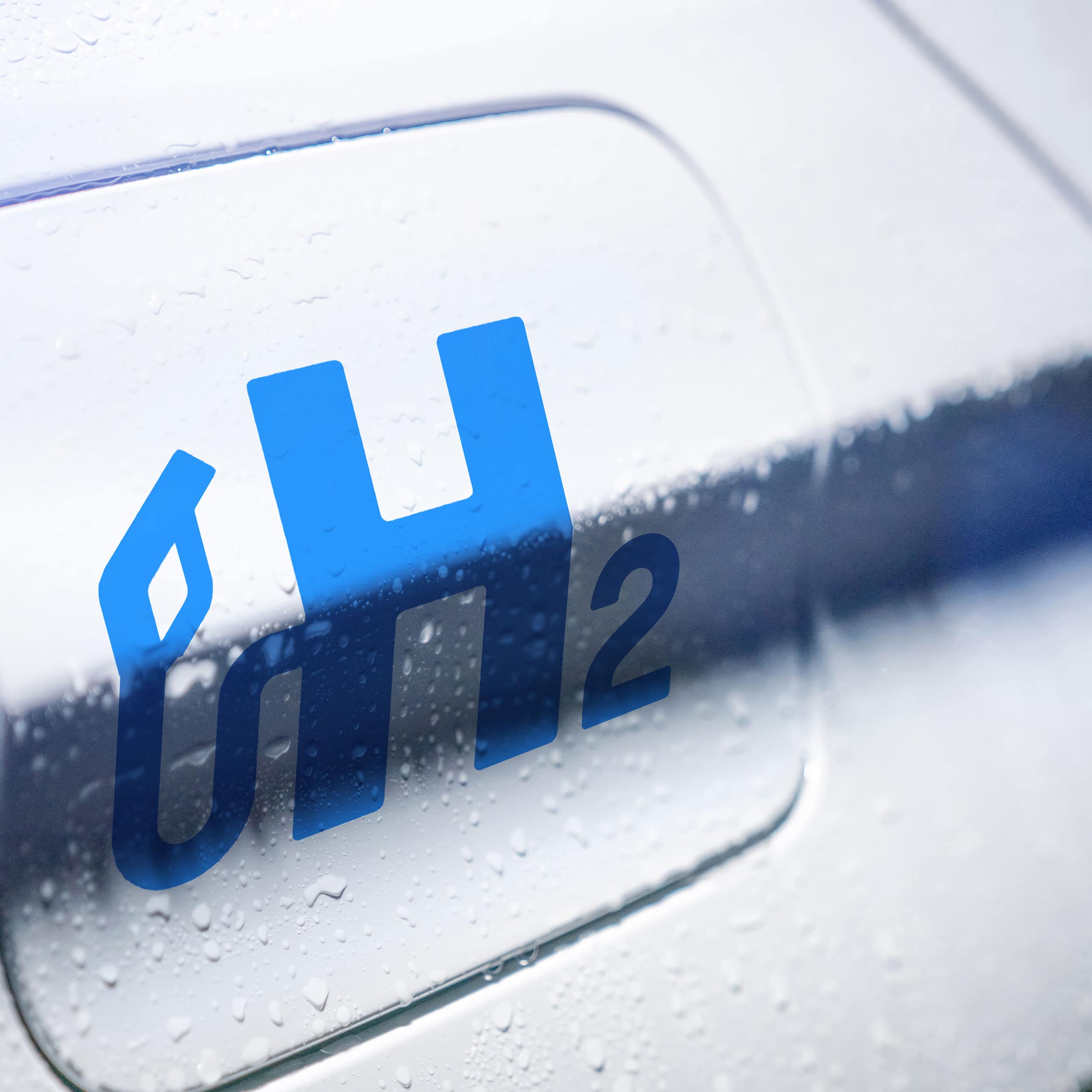
In light of the ESG wave and the emission reduction targets set by governments throughout the world, hydrogen, in particular “green” hydrogen (being hydrogen produced using renewable energy sources), has become increasingly popular. With its clean-burning quality and its various applications in multiple industry sectors, green hydrogen could play a vital role in the global efforts against climate change. The expectations for green hydrogen are so high that it has even been called the “second gas revolution”. In the current European energy crisis, mostly caused by the shortages in the supply of natural gas, green hydrogen could, in time, very well be the key piece of the puzzle.
Despite such promise, few financing deals have been closed on green hydrogen projects. Continued and significant investments are required, supported by comprehensive government policy and initiatives, for green hydrogen to be financeable on the level of other energy sources, such as wind and solar power.
In this blog we will discuss green hydrogen projects that are currently being developed, as well as the challenges that come along in the financing hydrogen projects. Subsequently, we will briefly discuss the Dutch governmental regulation and support schemes for the green hydrogen market.
Current financing of hydrogen and emerging offtake schemes
Green hydrogen projects are currently mostly funded through equity; debt finance still has a limited role in this regard, which limits green hydrogen’s scalability. This is largely due to the absence of a real merchant market and bankable offtake schemes for green hydrogen. Therefore, current and future projects regarding the production and/or the transportation of green hydrogen are predominantly aimed at making this renewable energy resource more widely available to the market and to grow the industry as a whole.
The primary reason hindering the large-scale production of green hydrogen is its costs. Both electrolysers and renewable energy remain expensive, limiting green hydrogen’s competitiveness in the energy market. Hence, in order for green hydrogen to play its crucial role in the efforts against climate change, the key challenge is to make it more affordable. Noting the fall in renewable energy prices, the expansion of the green hydrogen production may follow suit, provided the electrolyser costs will decrease as well.
Although still in an early stage, there are several promising green hydrogen offtake projects being developed including, notably, several industrial applications (mainly industrial processes which require high-temperature heat and are currently mainly fuelled with natural gas), mobility applications and, over time, residential heating. In the Netherlands, such projects are developed by parties such as NorthH2 (which is being developed by a consortium consisting of Gasunie, Shell Nederland, Groningen Seaports, Equinor and RWE), McPhy, De Nora and HyCC (a joint effort by Macquarie’s Green Investment Group and Nobian). Various green hydrogen projects are being developed by such parties, under which – most notable – production projects such as Eemshydrogen and HyNetherlands, infrastructure projects such as the Dutch hydrogen backbone and end-use projects such as BioMCN, HEAVENN and Holthausen.
Although the scale of these projects is not yet on a level playing field with other energy projects, the potential is most definitely there. Especially, with the optimisation of the large-scale electrolyser technology – most notably through the Hydrohub project, in which a large consortium of research and industry partners is working on plans for a ‘Gigawatt Electrolyser’ – a large-scale use of hydrogen and, therefore, hydrogen’s bankability, is expected to be in reach within the coming years.
Dutch government regulation and support schemes
The Dutch government aims for the Netherlands to become a central hub for the transport and supply of hydrogen to the rest of Europe. The fact that the already existing gas infrastructure is well connected to neighbouring countries, and the possibility of expanding and modifying it for the transportation of green hydrogen, will help the Netherlands in this pursuit, whilst current and future windfarms in the North Sea could contribute to the production of green hydrogen on a large scale.
Although it is still too early to regulate the transport and supply of hydrogen, the Dutch government announced the first Dutch national hydrogen strategy on 30 March 2020, including a comprehensive policy agenda, aligned with its commitments in the Dutch Climate Agreement (Klimaatakkoord). The support schemes that are envisaged with this strategy include:
- the Demonstration Energy and Climate Innovation scheme (DEI+), which is meant for pilots and demonstration projects aimed at long term reduction of CO2 (by 2030). Subsidies are available from 25% (up to 45% for certain projects) of the project’s eligible costs of technologies for scaling up green hydrogen. The budget of the DEI+ for 2022 is EUR 126.6 million;
- the Dutch subsidy framework for renewable energy (SDE++), which compensates the difference between the base cost of the technologies and their market price. Subsidies are available for technologies that reduce CO2 emissions, including hydrogen projects. The budget for the SDE++ for 2022 is up to EUR 11 billion; and
- a temporary cost scheme for scaling up green hydrogen production and reducing the costs thereof. This is mainly meant for projects that, in terms of scale, exceed the level of the experimental pilots and demos but which do still require large cost reductions in order for such projects to be competitive with other CO2 reduction options.
The Dutch government has further confirmed its hydrogen policies in its letter to the Dutch parliament dated 10 December 2021, stating its ambitions to make a nationwide hydrogen transport system available and to continue subsidising hydrogen production for the purpose of achieving widespread availability thereof.
In addition to the Dutch support, the EU has made several support schemes available, namely:
- the Recovery and Resilience Facility, which will make EUR 672.5 billion available in the form of loans and grants in support of EU member state reforms and investments;
- the Just Transition Fund (JTF), which is part of the European Green Deal and is aimed at limiting the social and economic costs of the green transition. The JFT has a budget of EUR 17.5 billion;
- InvestEU, which provides a budgetary guarantee of EUR 26.6 billion, from which 30% is to contribute to meeting EU climate objectives;
- the EIB public sector loan facility, which aims to mobilise EUR 25-30 billion in public investment over the 2021-2027 period;
- the Innovation Fund, which aims to support innovative projects that can lead to large emission reductions;
- the second edition of the Connecting Europe Facility (CEF 2), which will continue to support, among other things, transport (with a budget of EUR 25.81 billion) and energy (with a budget of EUR 5.84 billion), with a focus on synergies between energy and transport (e.g. the funding of hydrogen infrastructure), from 2021 to 2027; and
- Horizon Europe, which is a research and innovation programme running up to 2027, with a budget of EUR 95.5 billion.
Concluding remarks
The hydrogen energy market’s potential is enormous. That said, the demand side in the hydrogen market seems less clear than it was for wind and solar energy. Governmental support will be essential, in addition to the government’s regulatory input. Only then the green hydrogen market can reach its full potential.
If you have any questions regarding the financing of hydrogen projects or any other energy projects, please contact us.
